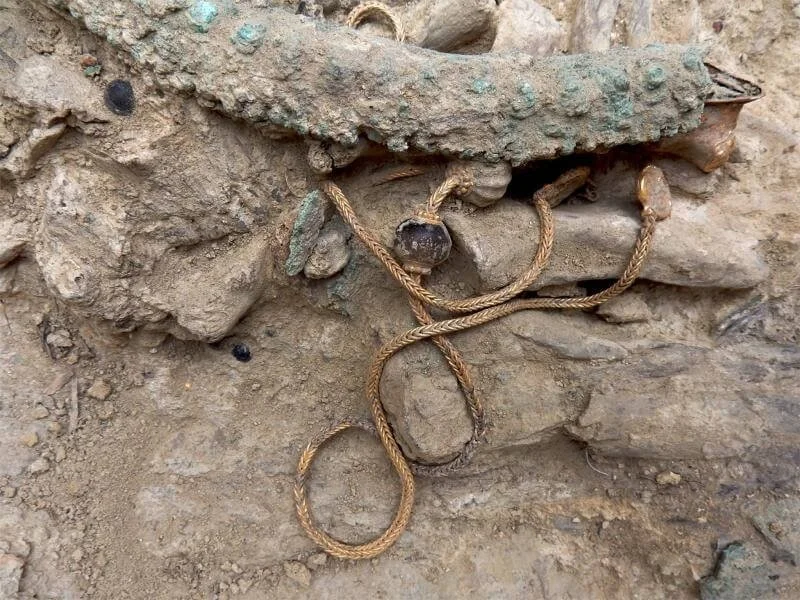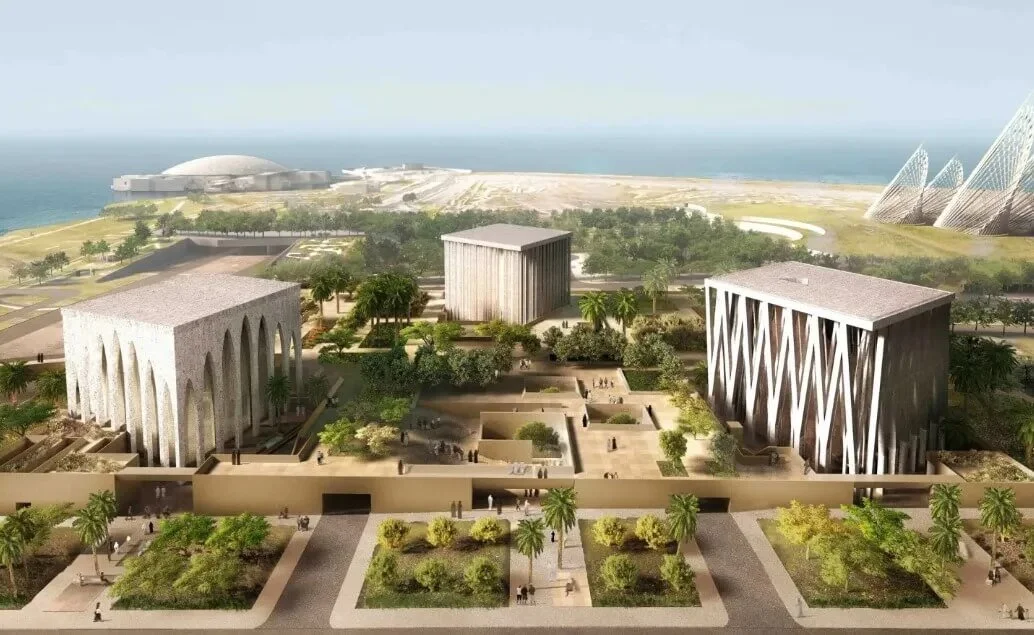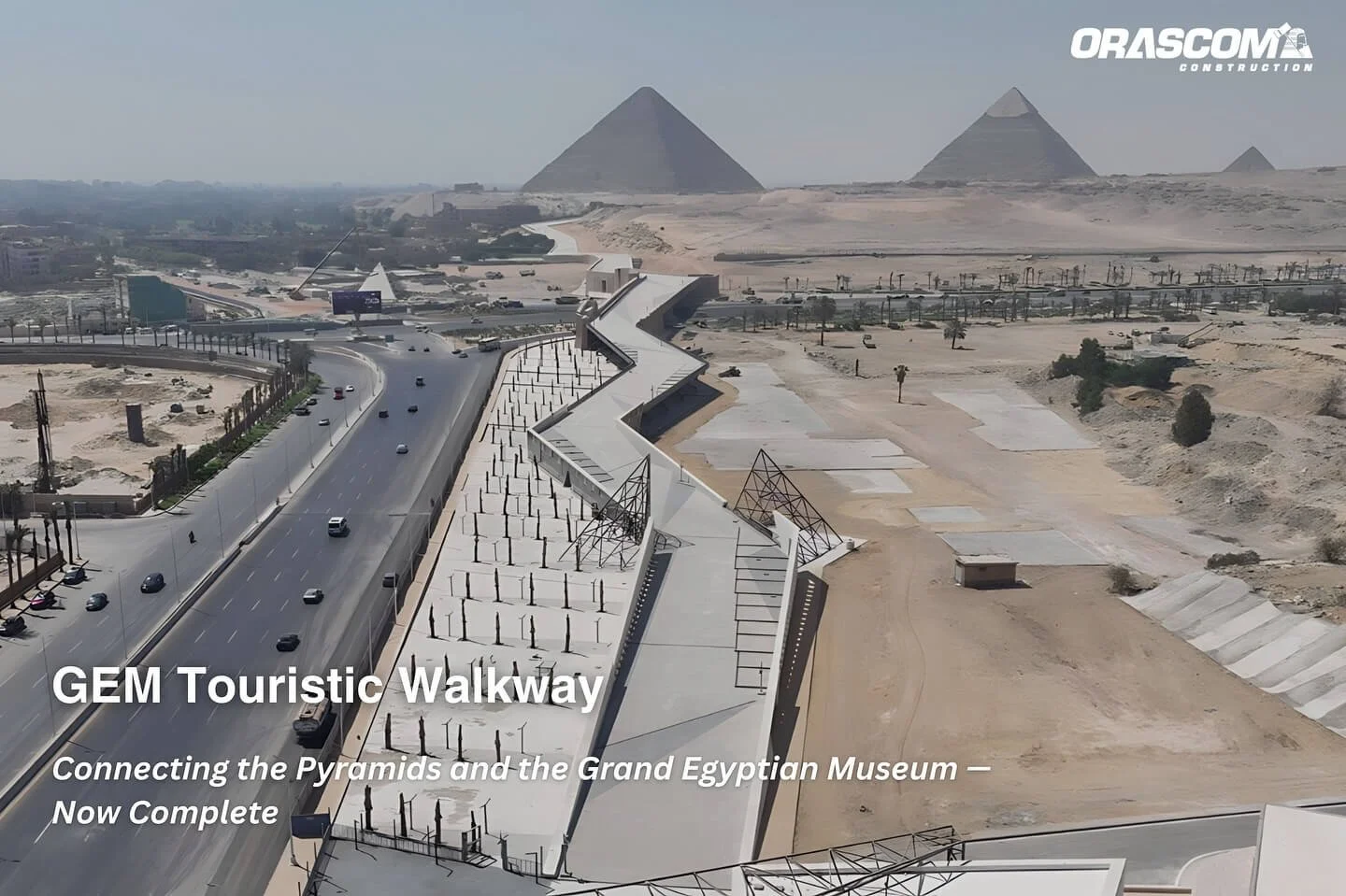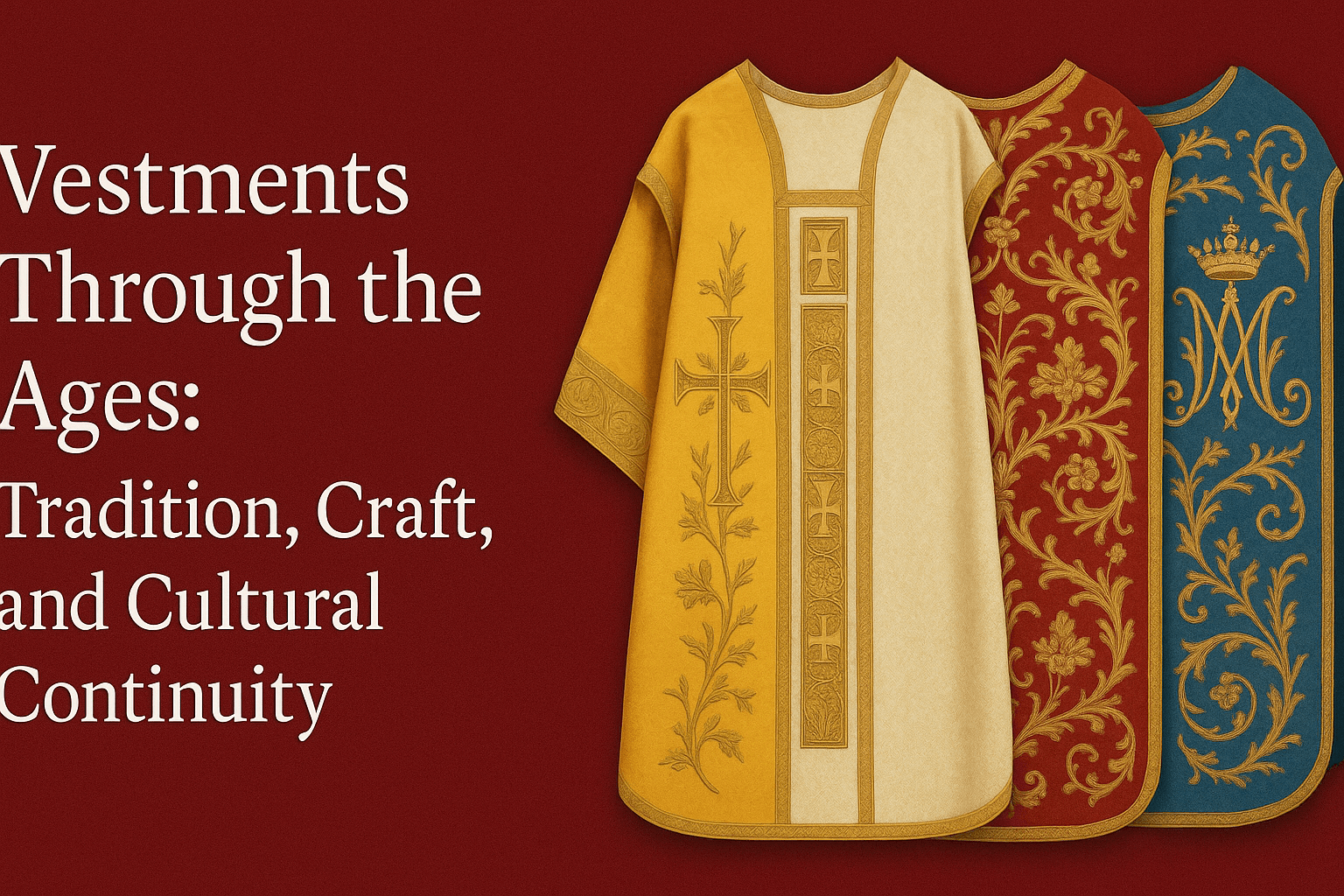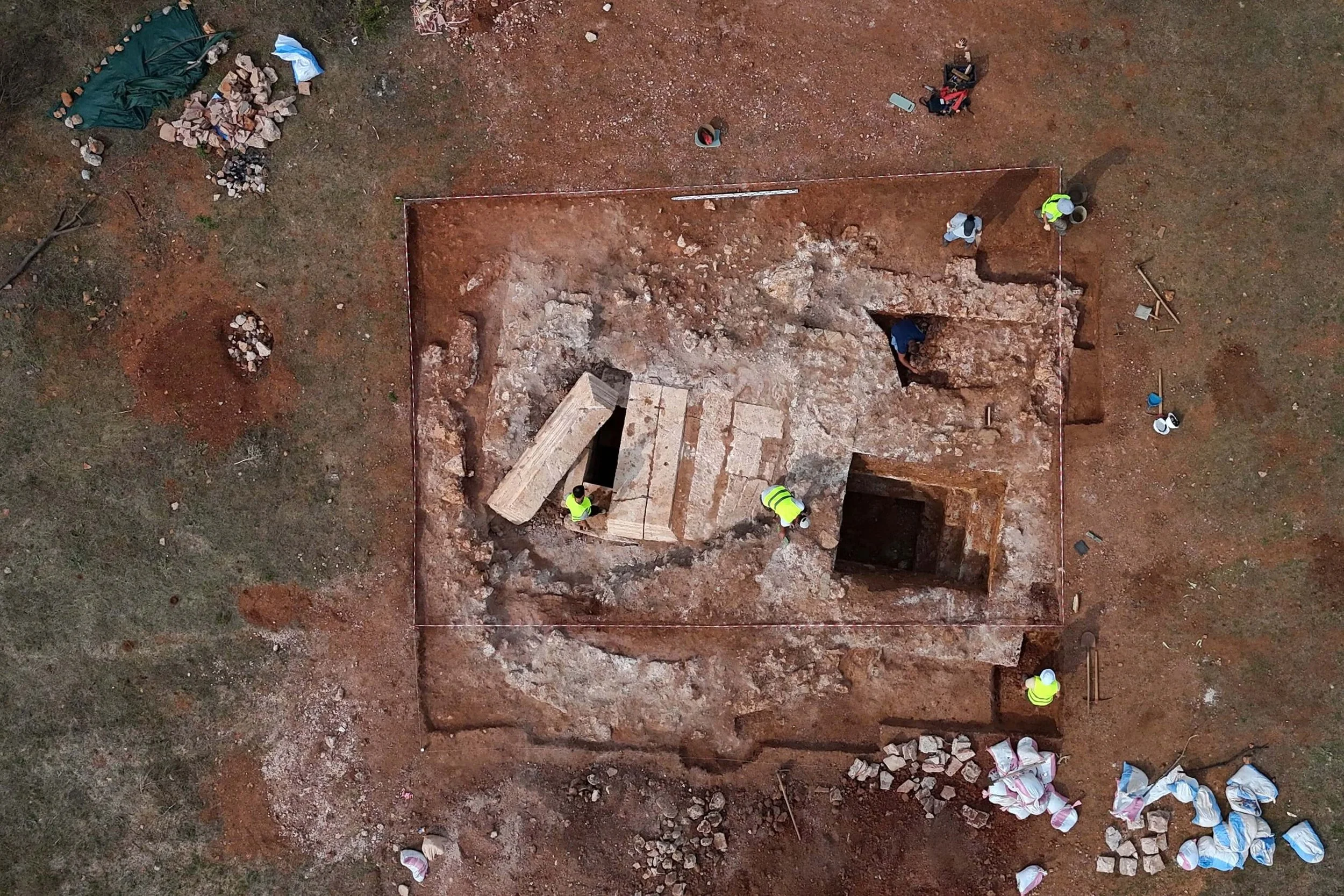Introduction
Ancient India, spanning the Indus Valley Civilization (c. 3300–1300 BCE), the Maurya Empire (321–185 BCE), and the Gupta Empire (c. 319–550 CE), was characterized by rich cultural traditions, advanced urban planning, and thriving economies. Daily life in these periods varied according to social class, occupation, and religious beliefs, but it was deeply influenced by agriculture, trade, education, and spirituality.
Social Structure and Governance
Ancient Indian society was structured into a hierarchical system, largely influenced by the varna (class) system:
Brahmins (Priests and Scholars): Held high status and were responsible for religious rituals and education.
Kshatriyas (Warriors and Rulers): Governed the land, led armies, and protected the kingdom.
Vaishyas (Merchants and Artisans): Engaged in trade, commerce, and agriculture.
Shudras (Laborers and Farmers): Served the upper classes in various capacities.
Outcastes/Dalits: Considered outside the varna system and often engaged in menial labor.
The Maurya Empire, under rulers like Chandragupta Maurya and Ashoka, established a centralized government with efficient administration, while the Gupta Empire saw the rise of a more decentralized system with regional rulers maintaining local governance.
Urban and Rural Life
Indus Valley Civilization
Urban Planning: Cities like Mohenjo-Daro and Harappa featured well-planned streets, drainage systems, and multi-storied houses.
Houses: Built with baked bricks, often with private wells and bathrooms.
Trade and Economy: Agriculture (wheat, barley, cotton) was dominant, while trade extended to Mesopotamia.
Maurya and Gupta Empires
Rural Life: Most people lived in villages, engaged in farming, pottery, and weaving.
Urban Centers: Cities like Pataliputra and Ujjain were bustling hubs of trade, governance, and learning.
Markets: Thrived with merchants selling spices, textiles, jewelry, and metal goods.
Family and Gender Roles
Joint Family System: Multiple generations lived under one roof, with the eldest male as the head.
Women’s Roles: Varied across time; women in the Indus Valley may have had more social freedom, while in later periods, their status was more restricted, though some, like royal queens and scholars, held power.
Children’s Education: Boys, especially from higher varnas, studied under gurus, while girls often learned household skills.
Clothing and Jewelry
Indus Valley: Cotton garments, often draped, with men wearing dhotis and women wearing skirts.
Maurya and Gupta: More elaborate attire, with silk and muslin fabrics; jewelry was common among both genders.
Accessories: Women adorned themselves with bangles, earrings, and anklets, while men wore turbans and amulets.
Food and Cuisine
Staple Diet: Consisted of rice, wheat, barley, lentils, and dairy products.
Spices: Turmeric, cumin, and cardamom were commonly used.
Vegetarianism: Prominent among Brahmins and Jains, while Kshatriyas often consumed meat.
Beverages: Included milk, fruit juices, and somarasa (a ceremonial drink).
Entertainment and Leisure
Music and Dance: Played a vital role in religious and social events; instruments like the veena and mridangam were popular.
Games: Chess (chaturanga), dice games, and wrestling were common pastimes.
Festivals: Diwali, Holi, and harvest festivals were celebrated with great enthusiasm.
Education and Science
Gurukula System: Students lived with their teachers and learned scriptures, mathematics, astronomy, and medicine.
Universities: Nalanda and Takshashila were prominent centers of learning.
Scientific Advances: Aryabhata and Brahmagupta made significant contributions in mathematics and astronomy.
Religion and Spirituality
Indus Valley: Likely practiced early forms of Hinduism, worshipping mother goddesses and nature deities.
Maurya Period: Ashoka’s patronage of Buddhism led to widespread growth of the religion.
Gupta Period: Marked the resurgence of Hinduism, with temples dedicated to Vishnu, Shiva, and Durga.
Rituals and Worship: Involved fire sacrifices, temple offerings, and meditation.
Architecture and Engineering
Indus Valley: Known for granaries, public baths, and advanced drainage systems.
Maurya Empire: Rock-cut architecture, such as the Barabar Caves and Ashokan Pillars.
Gupta Empire: Temples with intricate carvings, such as the Dashavatara Temple in Deogarh.
Conclusion
Daily life in ancient India evolved significantly across different periods, reflecting advancements in trade, governance, education, and culture. Whether in the well-planned cities of the Indus Valley, the powerful Mauryan Empire, or the golden age of the Gupta period, Indian civilization left a lasting impact on history through its contributions to science, art, and philosophy.





















